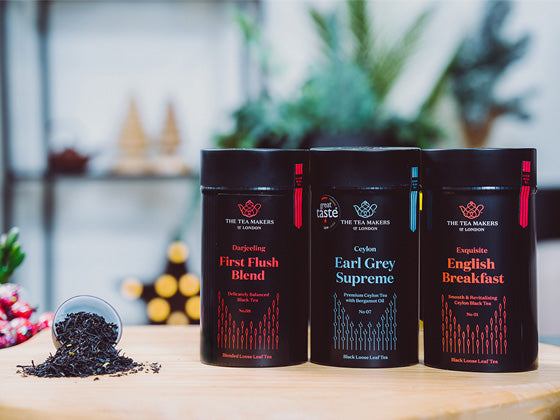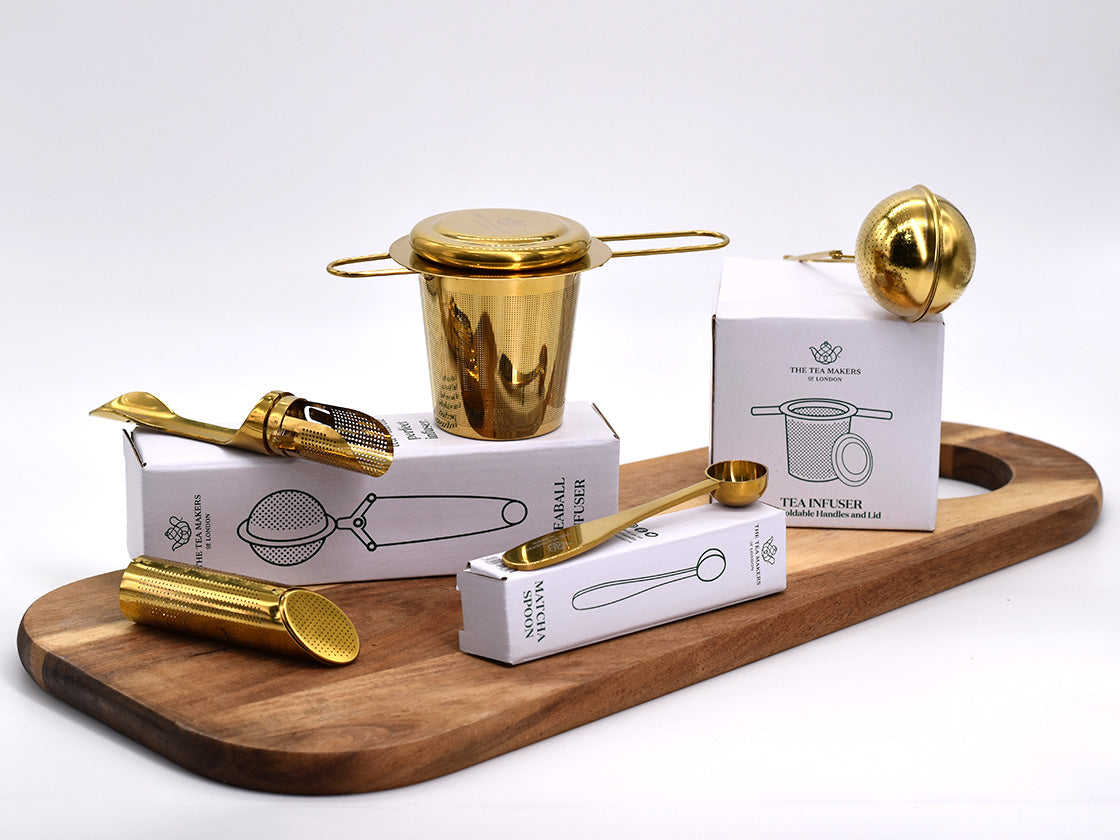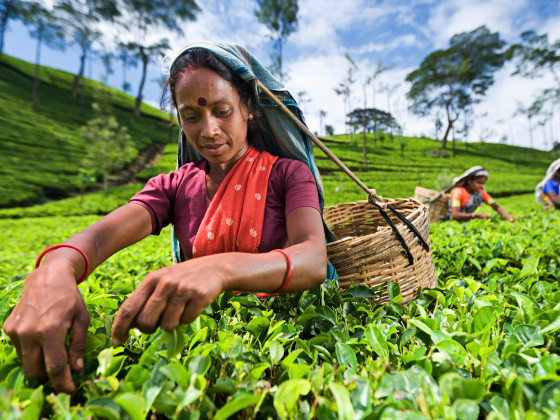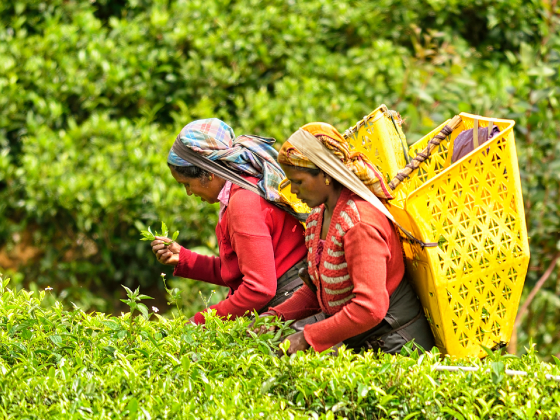Mindfulness is about being fully present in the moment and understanding what we are doing and where we are. By applying this practise to everyday life teaches us to live more mindfully and allows us to be more thoughtful.
People have practiced mindfulness for thousands of years and it is still going strong today as there are plenty of fantastic resources available to help enhance the quality of being present.
Part of the reason of the increased awareness in mindfulness is because we are all very busy these days and seem to move from task to task as if we are on autopilot. Mindfulness simply allows you to take a short pause to be full engaged and focused on your thoughts and feelings which come to mind at present.
By applying this in everyday life can help us reduce stress, increase attention levels, banish negative thoughts, reduce anxiety and increase happiness.
How to practise mindfulness meditation?
Mindfulness can be practised at anytime and anywhere. However, mindfulness meditation is setting aside time to meditate either in the morning or evening.
It is a skill which improves over time which is why consistency and discipline plays an important role. However, you will eventually reap the rewards from each session when you progressively dedicate a moment of the day to set aside.
Here is an example of a mindfulness meditation session:
- It is best advised to find a quiet space, which is mostly likely in your bedroom. Take a comfortable seat, and if you are going to sit on a cushion on the floor, ensure your legs are comfortably crossed and your upper body posture is straightened.
- Once you are fully comfortable and relaxed, it is the ideal time to engage in the present moment by focusing on breathing in and breathing out, and simply paying attention to the present moment without any judgement.
- When you are paying attention to the present moment, it is normal for your mind to switch off and allow your thoughts to wander by. This is where mindfulness comes in handy as you can return to focus on the present moment with no judgements. Focus on your feelings and sensations around you, as well as your thoughts and emotions.
- Once you are ready, gently open your eyes and take a moment to notice how your body feels. This is a great way to start your day and why meditation is recommended first thing in the morning.
If you are new to meditation, it is best to start by practising with a few minutes per day. Eventually, it will feel easier and you can start to gradually increase your sessions to make this a daily routine.
How to Meditate with Tea?
There are different forms of mindfulness and meditation which can enhance your experience ranging from yoga meditation to sound bath meditation. While there are various methods, one incredible area to explore is tea meditation which is the perfect way to start off your day.
Tea is renowned for its health benefits and it was originally valued for its medicinal properties. In fact, tea and meditation goes back long into history as Zen monks used matcha which helped them concentrate during the long hours of meditation. Furthermore, if you trace the origin of pu-erh tea during the days of the Tang Dynasty, Buddhist monks often drank this tea during their meditation.
Ultimately, tea has incredible benefits for your body and mind which can powerfully enhance your meditation session. Tea meditation falls under the practise of “moving meditation” which is a great alternative if you are new to meditation and find it difficult to stay focused by sitting down in a fixed space. Moving meditation is a fun and easier way to introduce newcomers to meditation too.
The process is very simple and here is how you can mindfully meditate with tea today:
- Pick your tea: Start your tea meditation by focusing on the tea you want to choose to brew. You could pick your favourite morning brew such as an English Breakfast Tea, or a tea which is most suitable in the present moment such as a green tea. Once you choose your tea, you can practise mindfulness by focusing on your thoughts, senses and feelings. For example, you might find that you appreciate the loose-leaf tea which has been picked from the other side of the world which is about to go into your teacup. You could simply focus on the colour or smell of the tea leaf; this is your time to mindfully focus on nothing but you and your tea.
- Boil the water: Pour the water into your kettle or saucepan and sit and watch it boil. Firstly, focus on your breath as the waters begins to boil and listen to the sound of the sound of water bubbling.
- Steep and Pour: Whether you are going to put your loose leaves in your infuser or teabag in your cup, this is the perfect time to observe the colour transformation and focus on the overall appearance. Steeping takes a few minutes, and this is a key opportunity to use this time to focus on your tea brewing. One great experience of meditating while steeping is to watch an artisan flowering tea bulb expand and unfurl that emulates a blooming flower which eventually turns the water into light golden orange. This is also a pleasant moment to inhale the aroma whilst the tea is steeping. Close your eyes and focus on what you can smell. The Chai of Madagascar will produce an exquisitely floral aroma while an Authentic Masala Chai will generate a warm Indian spices aroma. What is your favourite tea smell?
- Drink and meditate: Your tea is ready to drink, and this is moment to take your time to appreciate a good cup of tea. Take a sip and focus on your first thoughts. What do you taste? Does it bring back memories? Why is this tea your favourite? Drinking your tea and meditating can be the perfect way to start your morning and help you attack the day. However, you can take five minutes out of your busy day, a practise all the above to help you mediate with tea!
The Benefits of tea meditation
Tea meditation helps strengthen your personal connection with gratitude because it allows you to take a moment to appreciate how the leaves were picked and produced. Also, because tea contains many health benefits, this is a moment to acknowledge that you are about to drink a tea which is great for your body.
It is advised that you meditate in the morning because it helps you start the day npositively and is a foundation to enjoying your day. Tea meditation is highly beneficial because it can enhance your morning meditation and help your mind stay alert. For example, a green tea which is packed with health benefits, also contains caffeine which can help you stay alert and concentrate for longer periods.
Tea meditation also helps reduce stress. You can do this by taking a short pause during a busy day and follow the tea meditation tips to help feeling much better.
Ultimately, tea meditation brings a feel of inner peace and helps you appreciate the appearance of your leaves, aroma of your brew, flavour of your tea and health properties going into your body and mind.
Try these teas for your next meditation
Chamomile Blossoms
This exquisitely tranquil loose leaf herbal tea is made up of only the finest chamomile blossoms, meticulously harvested to create the most wonderfully calming infusion. Steeped in history and revered for its outstanding health benefits, our loose leaf chamomile tea offers a heavenly apple-like floral taste.
Green Teas
Green tea is the most popular beverage in the Far East. The most prominent green tea producers in the world are China and Japan, both of which have an interesting and extensive ancient history of green tea consumption. Green tea is now gaining popularity in the West, not just for its subtle yet complex flavours, but also for its many health benefits and high levels of antioxidants.
Peppermint Leaves
Native to the Mediterranean, peppermint tea is an infusion made from peppermint leaves that is drunk as a hot tea and has an exquisitely high menthol content, producing an intense scent and flavour. This stimulating loose-leaf herbal tea offers a deliciously minty-sweet taste with a cool and fresh aroma, and can be enjoyed hot or as a cold brew tea. As it is naturally caffeine-free, it is particularly wonderful for an evening meditation.
Pu Erh Teas
Pu Erh is a variety of fermented tea that hails from the Yunnan province of China, and most commonly made from the large leaf (Assamica) variety of the Camellia Sinensis tea plant. There are two methods of brewing Pu Erh tea the traditional Chinese method is more complex than the Western method, but creates a more authentic flavour experience.
Invigorating Lemongrass and Ginger
This invigorating and uplifting ginger tea herbal blend is a combination of aromatic lemongrass and spicy ginger pieces, mixed with soothing peppermint and liquorice for subtle natural sweetness. Renowned for high antioxidants and digestive properties this naturally caffeine-free herbal tea is perfect for any time of day, served hot or as a cold brew tea.
Flowering Teas
This smooth tea is beautifully enhanced by the strongly sweet fragrance of the flowers to offer a completely unique visual and taste sensation! When steeped, the bundle expands and unfurls in a process that emulates a blooming flower, while the flowers inside emerge as the centrepiece. Flowers commonly used in flowering teas are chrysanthemum, jasmine, lily, hibiscus, marigold, rose buds and Osmanthus.








